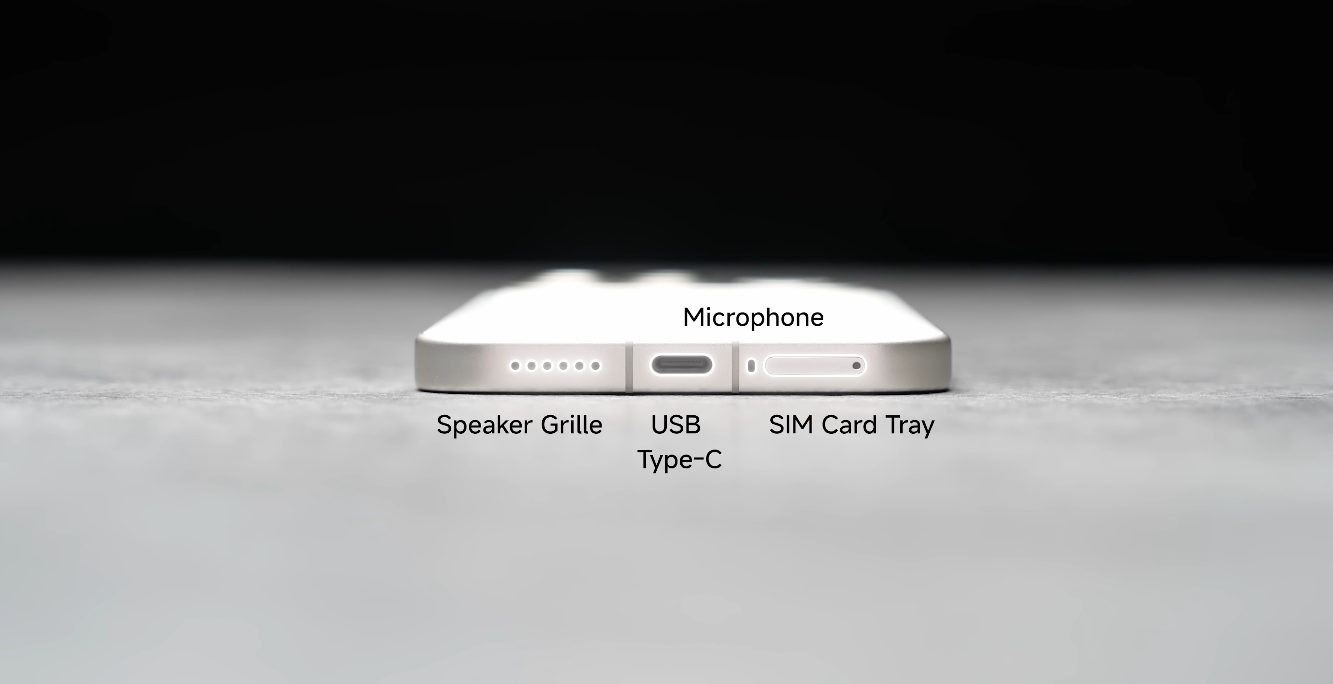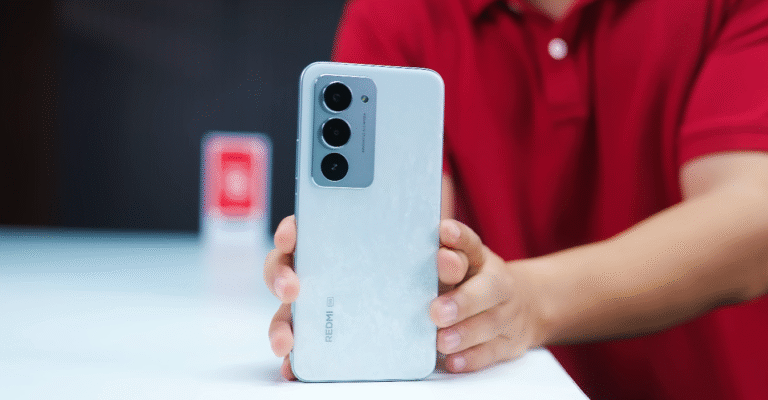Redmi K90 Pro Max USB-C, ports and connectivity rundown

How the new flagship handles charging, accessories and modern wireless standards
The Redmi K90 Pro Max is positioned as a next-generation flagship with a clear push into premium territory, and one of the most practical aspects for UK buyers is always connectivity. Charging speeds, USB bandwidth, accessory compatibility and wireless standards matter more than they used to, especially as more people now rely on their phone for file transfer, audiovisual output, and external device handling across home and work usage.
The primary physical interface on the Redmi K90 Pro Max is a USB-C port, and based on official specification listings, this port is rated at USB-C 3.2 standard. This means faster data throughput and wider compatibility for modern high-speed external storage such as SSD sticks, camera card readers and larger multi-purpose USB accessories. British users who still occasionally offload 4K or 8K video clips directly to a drive will find value in higher port capability.
Charging behaviour over USB-C is also a defining upgrade, with the Redmi K90 Pro Max rated for 100W wired fast charging using an appropriate cable and charger. This means a full top-up cycle can be significantly shorter compared to typical mid-range Android models, giving UK commuters more flexibility when time windows are tight. It also supports reverse wired charging, which means accessories such as earbud cases can be topped up directly through the phone using the port.

One noticeable change compared to older Redmi generations is that there is no 3.5mm headphone jack on this model. Instead, wired audio now routes through USB-C digital output. Most modern USB-C earphones are supported, and the phone also offers high-resolution audio capability. UK users who still own legacy wired headphones can connect via a USB-C DAC or adapter, but the trend continues toward wireless audio rather than copper headphone plugs.
In terms of wireless connectivity, the Redmi K90 Pro Max supports Wi-Fi 7, Bluetooth 5.4 and NFC. This puts it in a forward-facing position for high-bandwidth streaming, next-generation routers, and smooth wireless peripheral performance. It also supports dual SIM operation, but there is no micro-SD card expansion slot, meaning buyers who shoot large video files may want to select a higher internal storage tier at purchase to avoid future space pressure.
Network band support depends on regional variant, and this is where UK shoppers need to be careful. A model intended for UK distribution should include full 5G band compatibility for major British networks. Imported models sometimes ship with firmware tuned for Asian markets, and while the hardware is the same, regional bands may not be fully enabled out of the box. This can influence 5G stability and network performance across certain local operators.
The phone includes additional connectivity extras such as an infrared blaster for TV and device remote control. This is a niche feature that many brands have removed, but it still remains practical in UK homes where legacy TV sets, ceiling fans, and set-top boxes exist in mixed combinations, especially in older rental flats or family spaces with multi-brand equipment. For some buyers, this is a surprisingly useful element.
Accessory compatibility is wide thanks to USB-C OTG support. USB thumb drives, gamepads, small keyboards, card readers and even certain external camera adapters can connect directly for file access or input control. Paired with Wi-Fi 7, the device can handle local file sharing or media streaming more fluidly, giving both students and travelling professionals more flexibility in mixed desk setups across homes, libraries and shared office spaces.
Another area where USB-C 3.2 helps is display output potential. Manufacturers have begun enabling display stream modes through the port on certain models, though formal confirmation per region varies. If this capability is activated for the UK model, then the phone could function as a compact presentation device for slideshows and local media. For now, UK buyers should wait for final region-specific rollout details before assuming full video-out behaviour.
Overall, the connectivity profile of the Redmi K90 Pro Max is aligned with premium market trends. Faster USB-C, aggressive charging speed, strong wireless capability and sensible OTG options make it well-equipped for modern digital habits. UK buyers who connect regularly to accessories or travel across cities will find that the interface design on this model is not a step backward but a deliberate move toward the future, where wired legacy elements continue to phase out and high-speed, universal standards take over.





